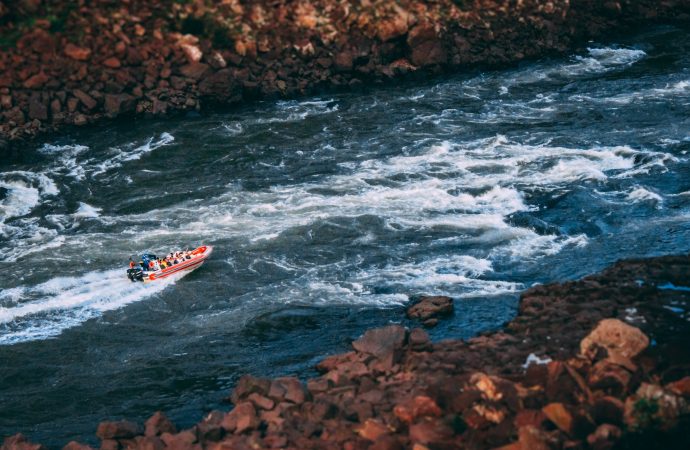In a remarkable turn of events, a mysterious avian species known as the Devil Bird has made its presence known in local ecosystems, raising concerns about the potential impacts on the delicate balance of flora and fauna. As nature enthusiasts and researchers alike scramble to understand this new arrival, questions abound regarding its origins,
In a remarkable turn of events, a mysterious avian species known as the Devil Bird has made its presence known in local ecosystems, raising concerns about the potential impacts on the delicate balance of flora and fauna. As nature enthusiasts and researchers alike scramble to understand this new arrival, questions abound regarding its origins, behavior, and the potential repercussions for the ecosystems it inhabits.
The Devil Bird, scientifically referred to as Avem Diabolus, is an enigmatic creature with a reputation shrouded in myths and folklore. Its name derives from the haunting vocalizations that echo through the dense forests, said to resemble the cries of souls trapped in purgatory. While legends have long described this elusive bird, it has remained unseen and unconfirmed until now.
The first verified sighting of the Devil Bird occurred in the remote forests of Local resident and avid birdwatcher, captured the phenomenon on film, leading to a wave of excitement and scientific interest. Since then, numerous reports from different regions have corroborated the bird’s existence, sparking both curiosity and concern among experts.
Researchers are now focusing their efforts on understanding the Devil Bird’s ecological impact. Its sudden appearance in these ecosystems may disrupt existing food chains, as it is believed to be a predator with a unique set of hunting skills. The fear is that the Devil Bird could prey on vulnerable species, upsetting the delicate equilibrium that sustains local flora and fauna.
To shed light on the potential ecological ramifications, I reached out to Dr. Amanda Martinez, an ornithologist at the esteemed Institute of Natural Sciences. Dr. Martinez explained, “Given the Devil Bird’s predatory nature, it could potentially impact local populations of small mammals, reptiles, and even other avian species. We need to closely monitor its feeding habits and analyze its impact on the food web to fully understand the consequences.”
Furthermore, the Devil Bird’s introduction could disrupt the breeding patterns of resident bird species. Its eerie vocalizations, akin to a piercing cry in the night, might interfere with their courtship and territorial behaviors. This disruption could have cascading effects on the population dynamics of these species, potentially leading to a decline in their numbers if they fail to adapt.
Conservationists are also concerned about the Devil Bird’s potential impact on indigenous plant species. Birds play a crucial role in seed dispersal, and any changes in their behavior or absence from an area could have far-reaching consequences for the local flora. The Devil Bird’s arrival could disrupt this essential ecological service, altering plant distribution patterns and affecting the overall biodiversity of the region.
As the Devil Bird captures the public’s imagination, it is crucial to strike a balance between curiosity and responsible stewardship of our ecosystems. The scientific community, alongside local authorities and conservation organizations, must collaborate to gather data, conduct rigorous studies, and implement appropriate measures to mitigate potential negative impacts.
In the face of uncertainty, it is essential that we approach the Devil Bird’s arrival with an open mind and a commitment to environmental stewardship. Through careful observation, research, and public engagement, we can navigate this intriguing development and ensure the long-term preservation of our local ecosystems.
As the story of the Devil Bird unfolds, one thing is certain: it serves as a stark reminder of the intricate interconnectedness of nature and the responsibility we bear to protect and preserve it for future generation.

















Leave a Comment
Your email address will not be published. Required fields are marked with *